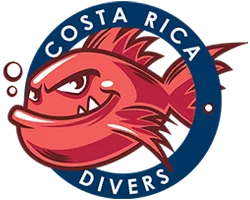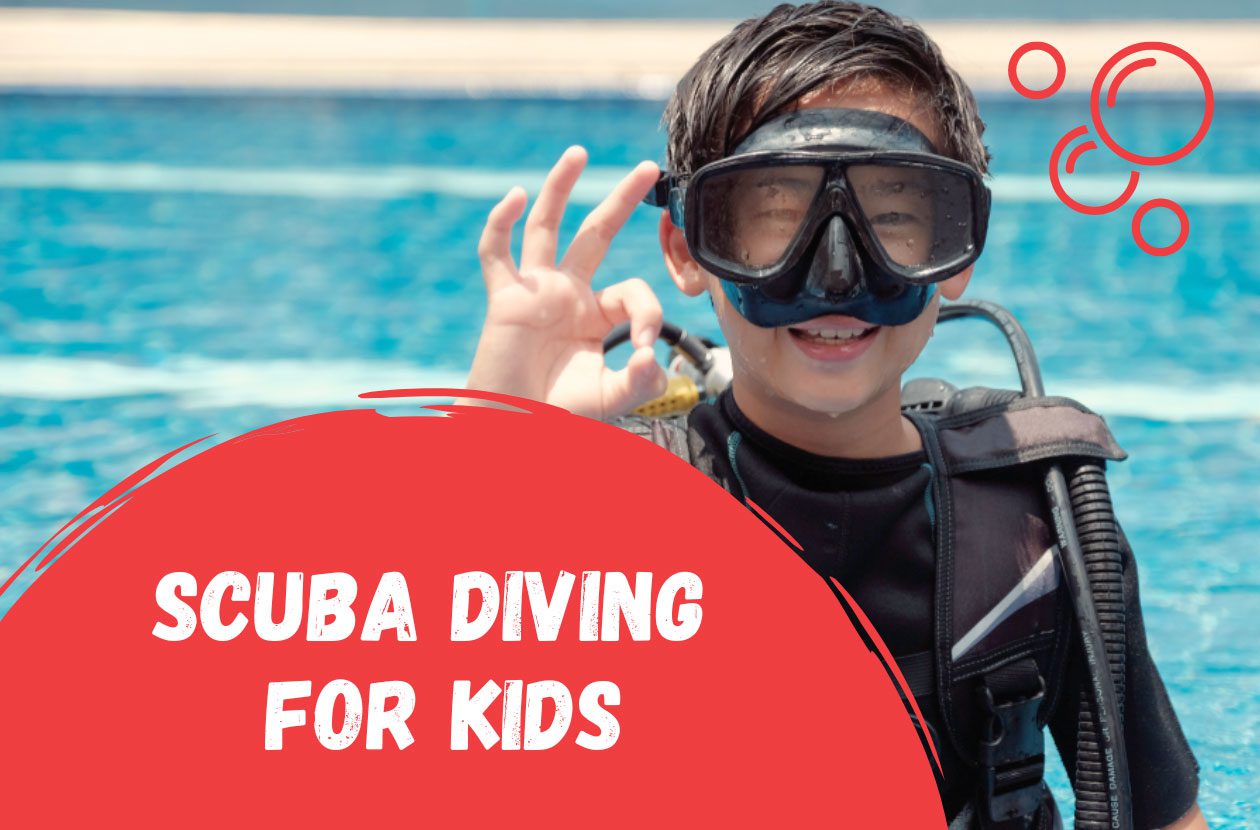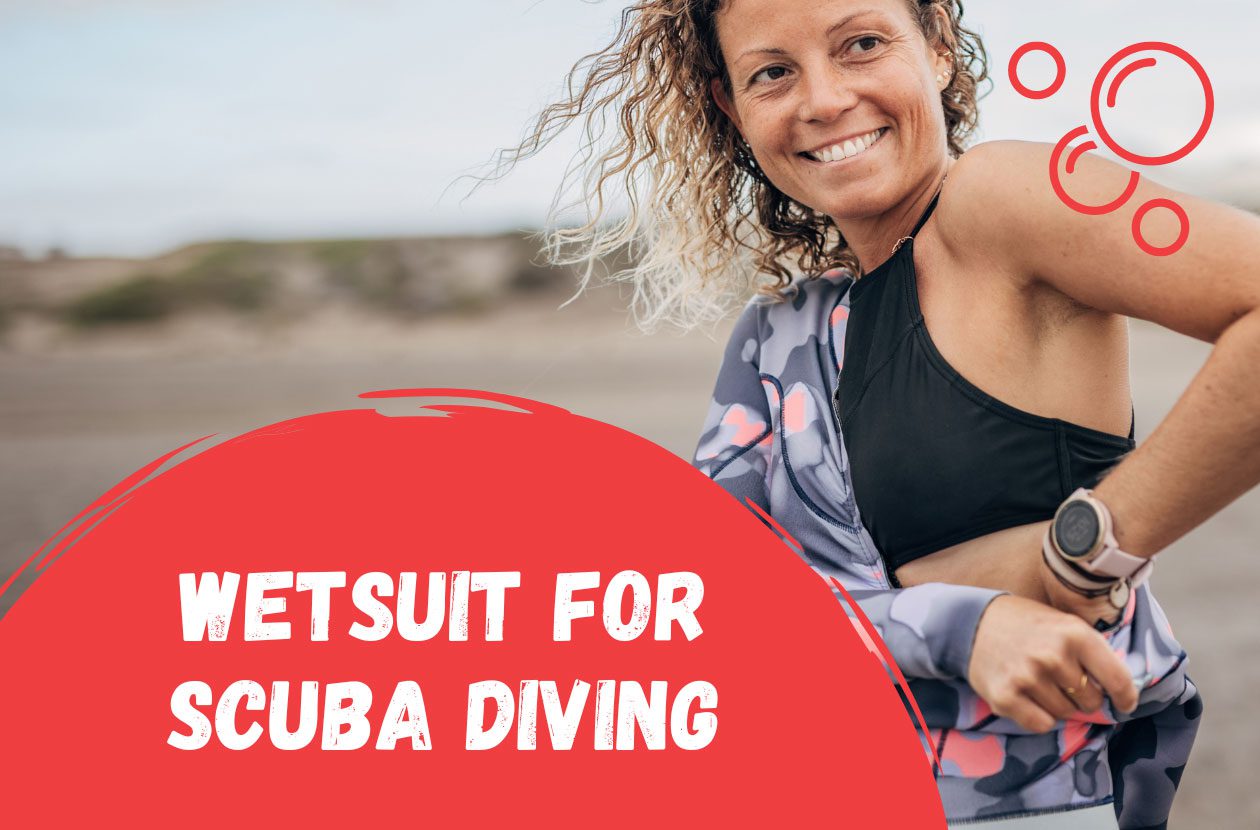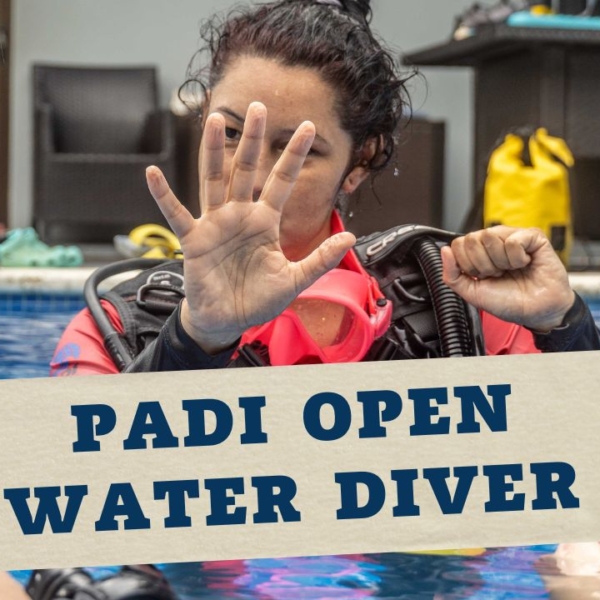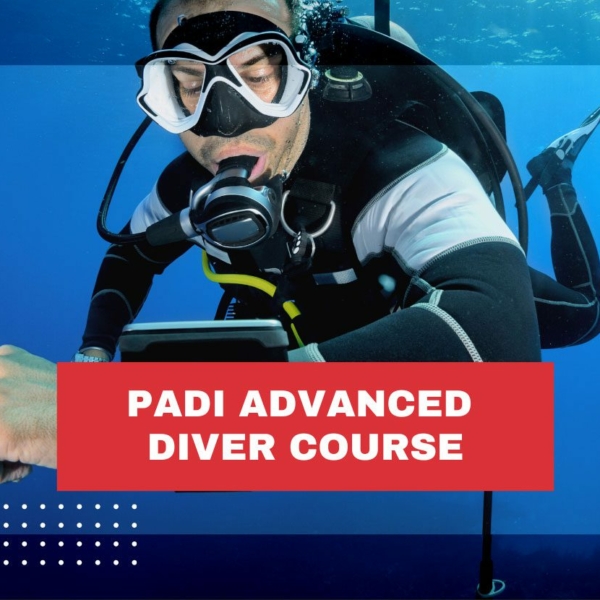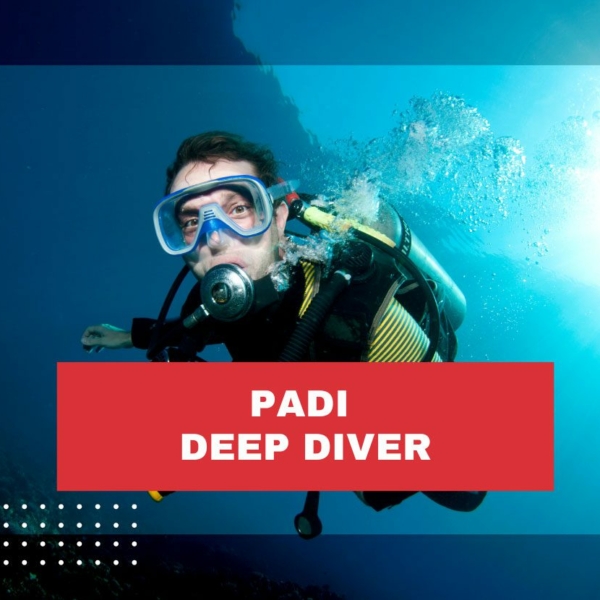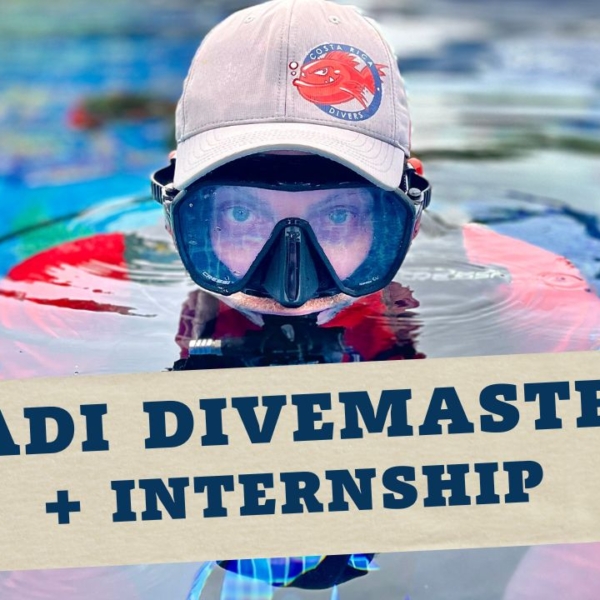Diving terminology looks a bit like a secret language, but it’s really about knowing what you’re talking about. It’s also a bit for safety. So if you don’t talk like a diver, we can easily know that you still have little experience.
Some sayings stem directly from the slang used in the area or the specifics of diving, such as “Braille dive.” Which simply means zero visibility, which requires exploring the area by touch. But today we are not going to talk about diving slang, but about common language mistakes and misunderstandings of diving terminology. Let’s get started!
Table of Contents
Diving terminology – correct usage
Want to embarrass a diver? Say one of these words: goggles, oxygen bottle or tube. Correct diving terminology is the key to getting out of more than one conversation with a face, but most importantly, letting everyone know that you know what you’re talking about.
Sometimes in everyday language we use other terms for objects related to diving. However, when you speak as a diver, you should use correct diving terminology.
Oxygen tank – worst of all mistakes
Asking a diver “how much oxygen do you use?” is a simple confirmation that you know nothing about diving. Divers use air or gases to breathe while underwater. Technical divers use trimix or heliox, and divers with the PADI Enriched Air Divers specialty call their breathing gas nitrox. As you can see for yourself, what we have in the cylinder can have different names, but it is almost never oxygen.

Why is this language mistake so serious? If you are already a diver and have done your course at a good and authorized dive center, then you should know the answer to this question. However, if you can’t think of anything now, let me explain, and you’ll remember it once in a lifetime.
Pure oxygen is toxic and deadly
In recreational diving, there is no such situation where there will be pure oxygen in the dive tank. For the simple reason that the MOD of pure oxygen (maximum operating depth) is only 6 meters. Using pure oxygen at greater depths, leads to oxygen poisoning, resulting in brain damage and drowning.
As you can see, there is no room for jokes here, and never say, oxygen tank, unless that’s the kind of tank you have in mind. During technical diving, pure oxygen is used for decompression, but that’s a topic for another article.
Goggles? Yes, I use it for skiing
Goggles are worn by skiers or swimmers, while divers use a scuba mask, which is designed for underwater exploration. The lenses in a scuba mask are made of tempered glass or other composite materials that can withstand very high pressure. Therefore, you should not use a snorkel mask while diving.
If you have decided to buy your own diving mask then invest a few pennies more and buy a good quality scuba mask. Because it is a direct determinant of your comfort underwater. A good quality mask will not leak and will not fog up as much. Any cheap solution made of poor materials is suitable at best for playing in the pool.
This is not a tube, but a snorkel
Snorkel is a funny “tube” that hangs next to the mask. It is used to breathe freely near the surface of the water without the use of a regulator. It will also be very helpful if we need to swim across the surface from the shore to a designated dive site. Also come in handy from the point of view of safety while diving, as there is nothing worse than waves that flood the mouth while we are still on the surface.

The snorkel is constructed of a tube, mouthpiece and mask clip. It can be with valves at the mouthpiece to make it easier to blow water out of it, as well as with a top safety device to prevent water from entering our mouths uninvited. And as much as it is not a big mistake in diving terminology, try to call things by their proper name, meaning snorkel, not pipe or tube.
How deepest did you dive?
Oh yes, I love this question. It comes up 95% of the time in a basic course as soon as we start talking about depth limits. As if this achieved depth is an indicator of qualifications or experience. And diving is not about that, not about numbers or records. Or at least not in recreational diving. When someone asks about depth, without any context, it clearly means they don’t know much about diving.
Instead, if we are talking among divers about the dives we are most proud of, we are talking about the profile of the dive made. Depth is only one of its elements.
Some diving terminology you should know
You already know what language mistakes not to make when you talk to a diver. In addition, below you will find some definitions that you should know in order to better understand diving terminology.
BCD – jacket / buoyancy compensator / diving vest.
A diving vest is a device that allows a diver to change buoyancy underwater while diving. It allows the diver to achieve neutral buoyancy by adding or dropping air from the buoyancy bag. In fact, it is the central point of all diving equipment, since it is to the BCD that the tank and regulator are attached.
C-Card – certification / diving degree
Every diver who completes a diving course, as well as subsequent stages and various types of specializations, receives a diving certificate that confirms the completion of training. It can be plastic or electronic, but each contains information about the diver – his photo, skill level, course completed, date of completion and details of the certifying instructor. This is an essential document if you want to dive at any dive center. Our clients always have to prove that they have received the proper training.
Vis / Visibility
Another word worth remembering that comes up in the diving environment is “vis” otherwise known as underwater visibility. It defines the clarity of the water and is independent of light. It determines the clarity of the water and is independent of other lighting parameters. When we say that it was poor “vis” means that you could see at most the tip of your nose
Diving Terminology – let’s recap
You already know the basics of diving terminology and what you shouldn’t say when talking to a diver. You can see that diving terminology is not so scary after all. It’s just that you need to know what you’re talking about, because ignorance can affect safety. And safe diving is always the most important goal of any diver.
